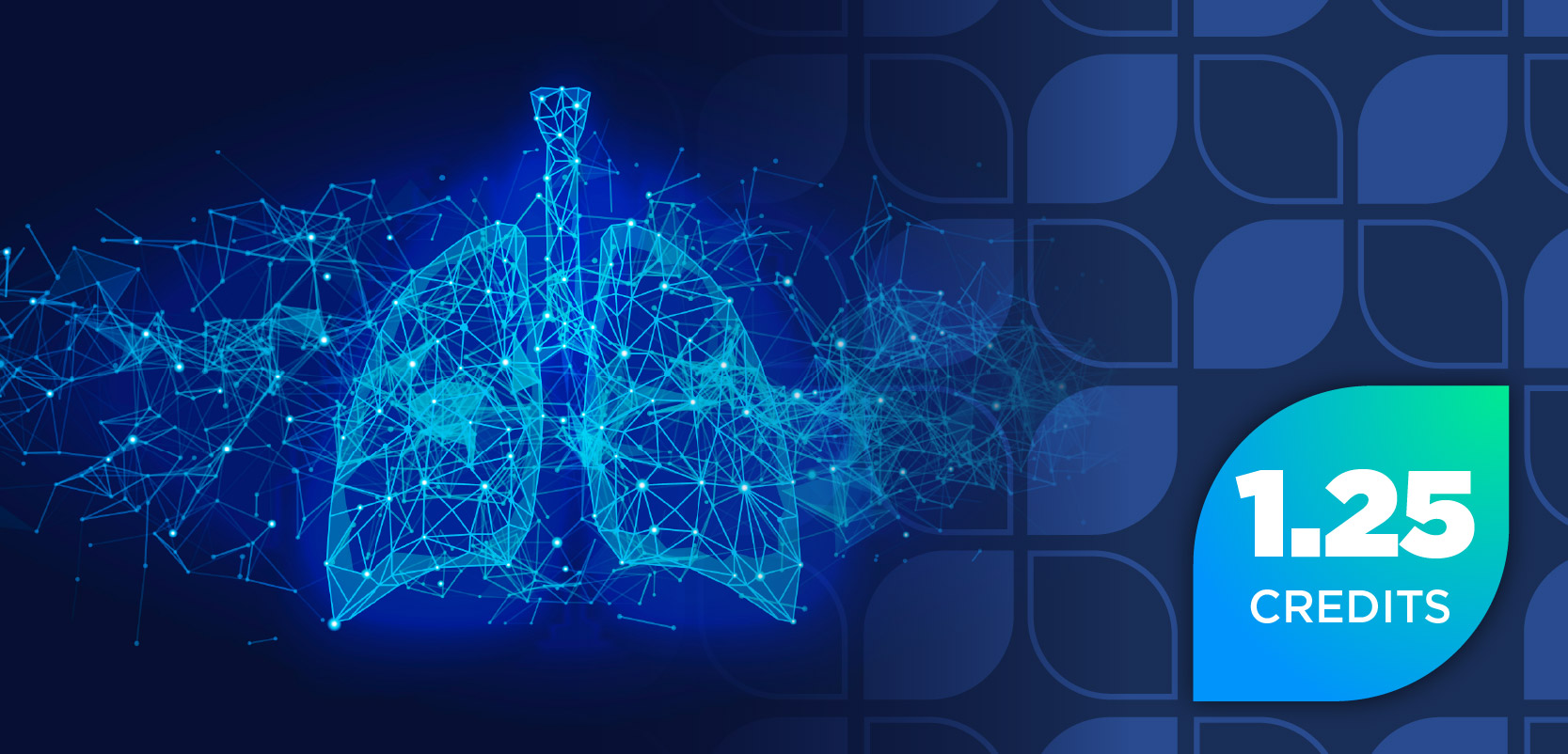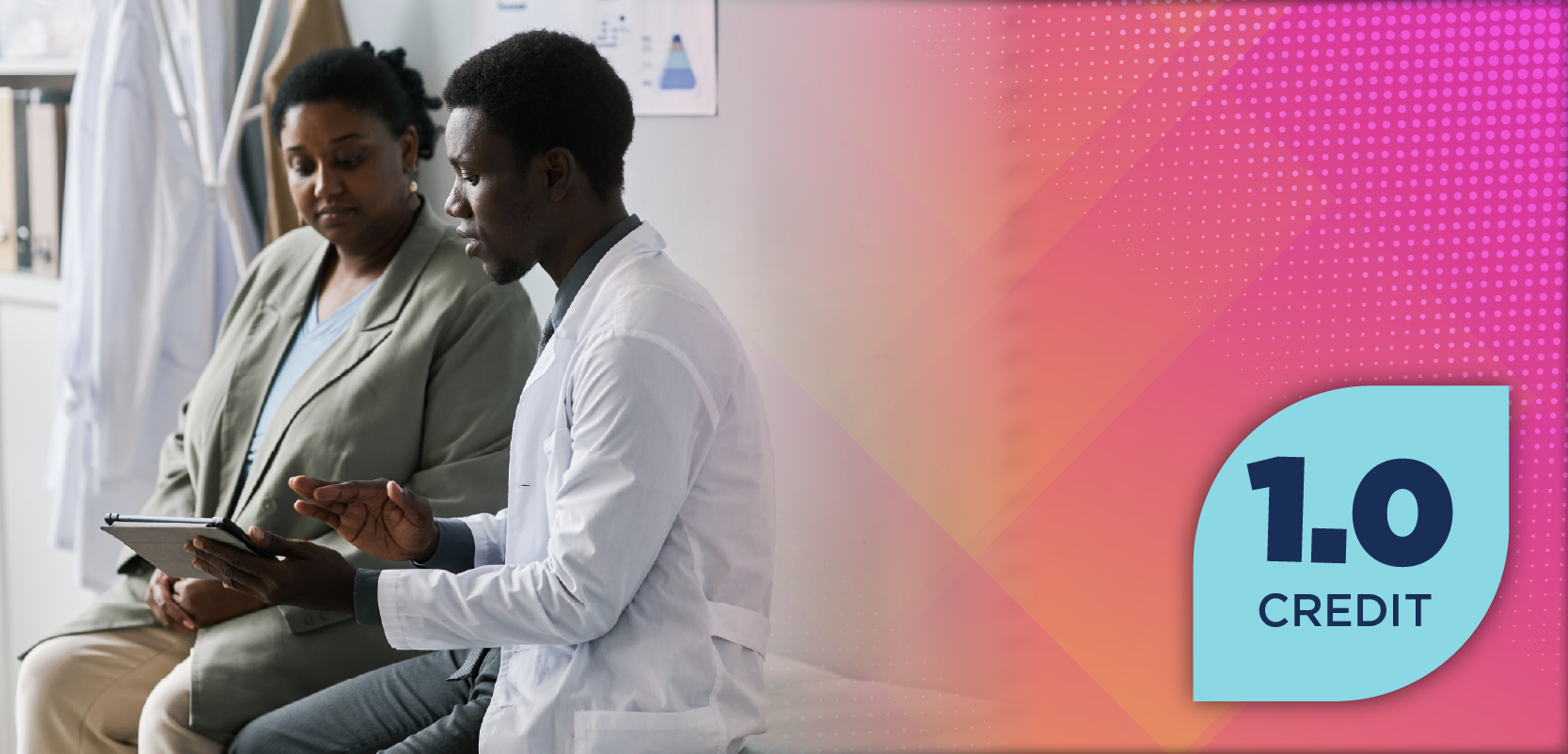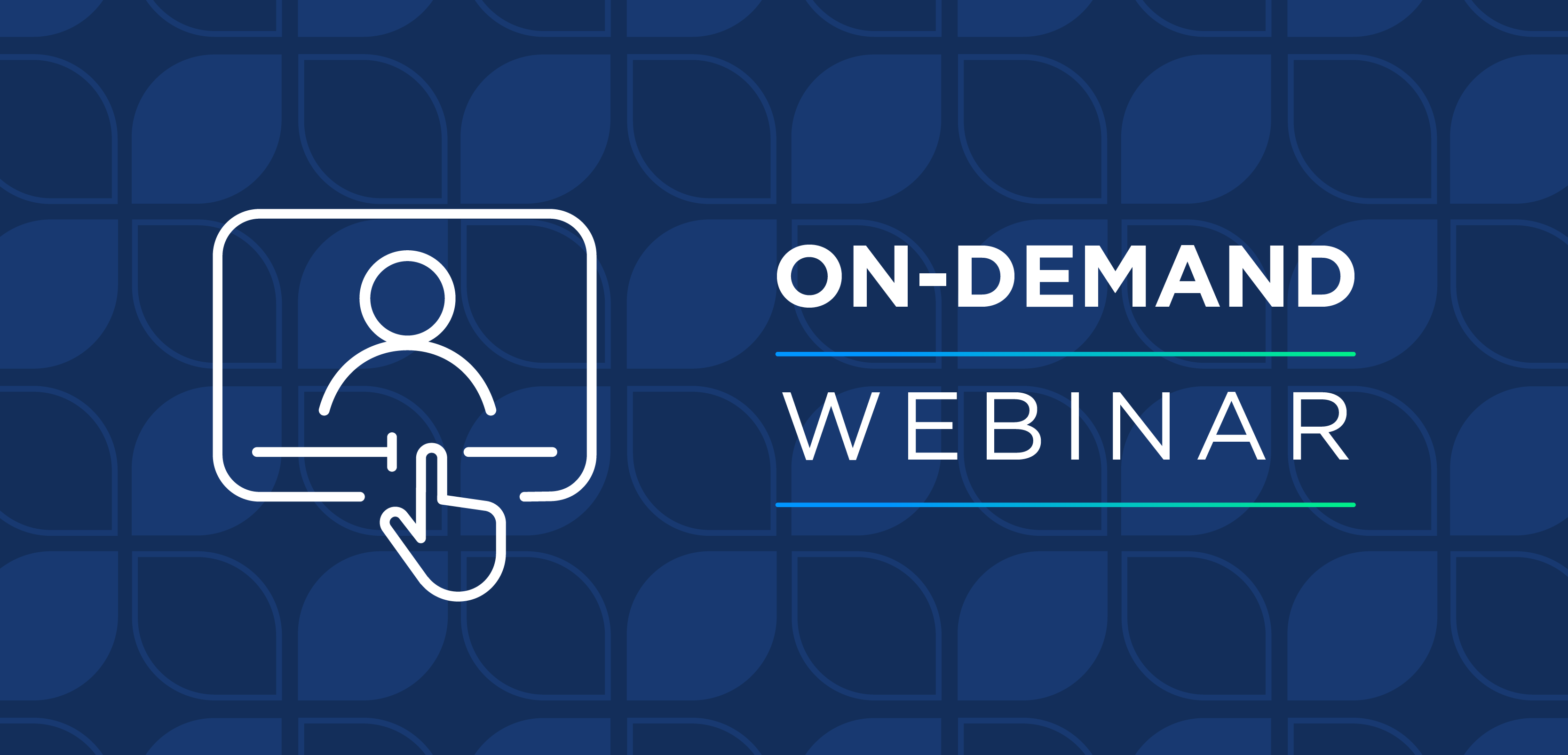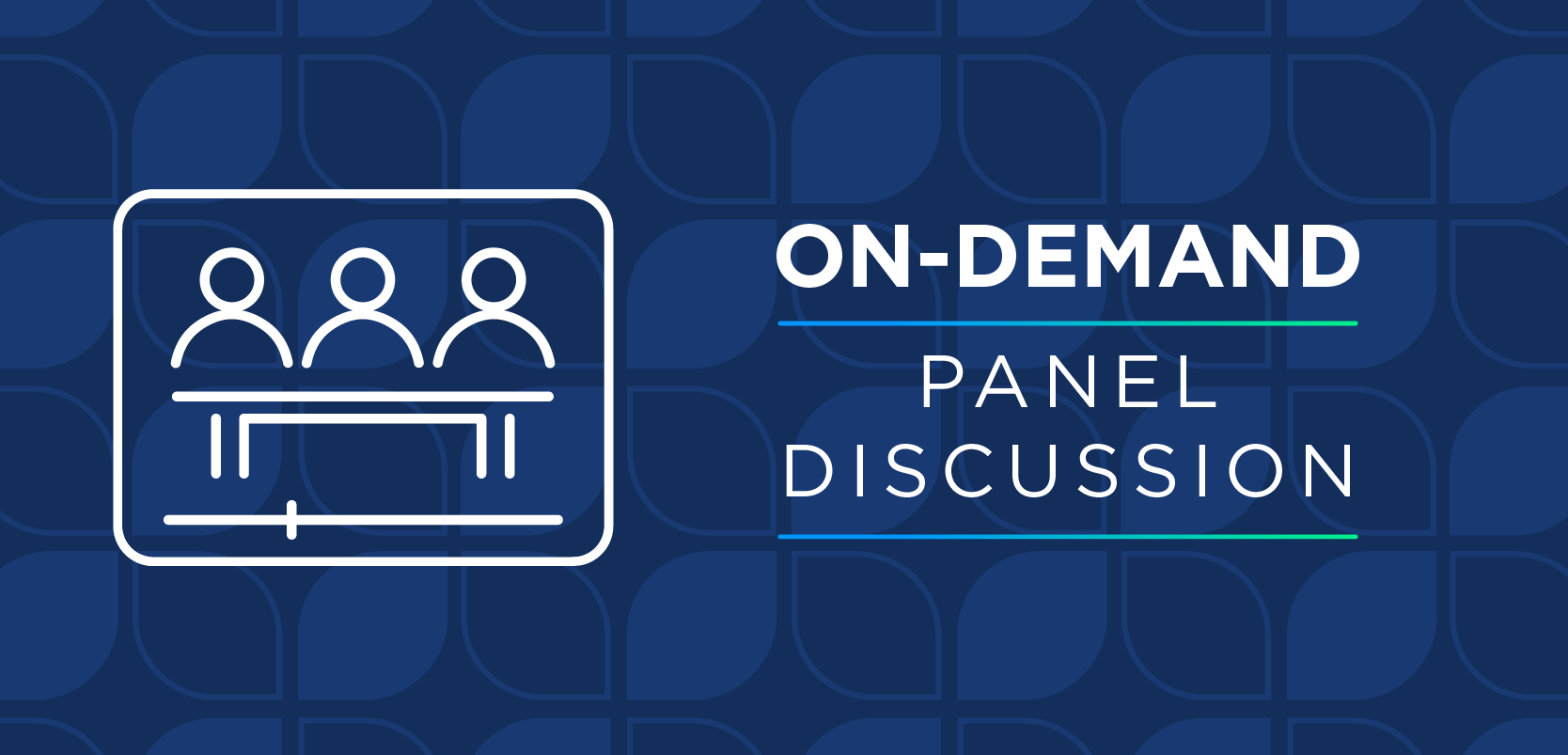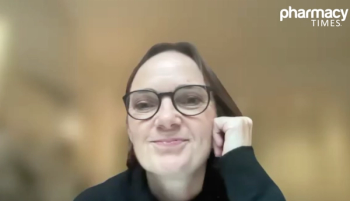
ADA 2025: Ready-to-Use Glucagon Empowers Diabetes Patient Safety
Ready-to-use glucagon simplifies hypoglycemia rescue by providing easy-to-use options for patients and caregivers.
Ready-to-use glucagon has made a transformative impact for individuals with diabetes. In this interview with Pharmacy Times®, Jennifer Goldman, PharmD, CDCES, BC-ADM, FCCP, Massachusetts College of Pharmacy and Health Sciences, and Diana Isaacs, PharmD, BCPS, BCACP, BC-ADM, CDCES, Cleveland Clinic Diabetes Center, shared
Goldman and Isaacs emphasize the importance of identifying at-risk patients through various health care touchpoints, including doctor's offices and pharmacies, and advocate for routine glucagon prescription and insurance coverage. The experts stressed the critical role of patient and family education about hypoglycemia, recognizing symptoms, and understanding when and how to use glucagon. They also recommend keeping fast-acting carbohydrates on hand and ensuring glucagon is not expired, promoting a comprehensive approach to hypoglycemia rescue readiness.
Pharmacy Times: How is ready-to-use glucagon transforming rescue readiness for people with diabetes?
Jennifer Goldman, PharmD, CDCES, BC-ADM, FCCP: Ready-to-use glucagon, I think, has enabled patients to be able to take care of themselves when they're alone. If somebody is having a severe low, they're trying to get it up. It's not coming up, not getting to where you need to be. They can self-treat. Prior to that, someone's going low, and they had to reconstitute a kit and shake it up and do the needle. That was much more difficult if someone's alone. That has certainly been helpful.
Diana Isaacs, PharmD, BCPS, BCACP, BC-ADM, CDCES:
I agree with that. Especially family members, friends, or someone's roommate—I mean, to now also have the choices of a nasal glucagon or a ready-to-use injectable glucagon so you give someone that preference. But I think for those people involved, it's just so much easier to use. You don't need to be a skilled healthcare professional to utilize these. A lot of people are already familiar with things like EpiPens and Narcan, so they are very easy to use. We just need to get the awareness out there that it's there and when to use it.
Pharmacy Times: What are the most effective strategies for identifying at-risk patients and routinely integrating ready-to-use glucagon prescribing into practice workflows?
Goldman: A great place to really identify patients who are at risk is at the doctor's office. At that level, at the beginning, when you're going over their medication list, is that person on something that puts them at high risk, and that would be insulin or sulfonylurea? But we can't forget that at the pharmacy level, also sometimes that's the last touchpoint in a community pharmacy that somebody sees a patient who's taking those medications. Everywhere along those touchpoints, health care providers can certainly make an intervention there.
Isaacs: I think it should be a routine part of our visits. With other health maintenance, we're checking blood pressure, and we're checking when's the last time we've had labs done for albuminuria, kidney function, and eye exams. It should be a routine part of that checklist. As you mentioned, also in pharmacies, anyone that is getting insulin, I think that should be automatically asked or looked at: have they recently filled glucagon? If not, just ask the person ifthey have glucagon and facilitate making sure a prescription is there. Ideally, we'd get to a place where pharmacists could just prescribe or give glucagon without needing to go through the extra steps of getting a prescription.
Goldman: That would be awesome. Like Narcan with pharmacists, if they fill a prescription and someone's at risk, they can just prescribe that. I can't imagine any provider of any kind who would not appreciate having a pharmacist helping their patient and making sure that they have that.
Isaacs: Because often, I think that is sometimes the barrier, like, oh, I just don't know which glucagon your insurance covers. If the pharmacist could prescribe it and know right there, oh, this one's covered, or this one's not, it could really facilitate getting that. But I also think everyone should have a ready-to-use cover on their insurance. If there are any insurance companies not covering ready-to-use, they need to reevaluate their formularies and make sure they're allowing their patients to get it.
Pharmacy Times: Beyond prescribing, what other measures can improve overall rescue readiness for patients experiencing severe hypoglycemia?
Goldman: Rescue readiness is certainly an important concept in terms of taking care of patients, and it starts with education. If patients don't know about hypoglycemia, they must be told, These are the symptoms; this is what you need to look out for. Using CGM so that there are alarms if they're at risk can certainly make a big difference, but education is so important. Also, for the family to make sure that people truly understand that you don't need to use weight to use glucagon for someone to be unconscious. It's there for you as a rescue, easy-to-use lifesaving.
Isaacs: That being said, I think part of the rescue regimen is also having fast-acting carbohydrates on hand all the time. I can't tell you how many patients I've seen that have actually had hypoglycemic episodes in the office. We have stuff on hand, but I always ask them, Do you have anything? A lot of people don't have something with them. In addition to the glucagon, have those fast-acting carbs as well.
Goldman: I always ask that. During COVID, when we had a lot of virtual visits, I would always ask, Where's your glucagon? And they'd go, Oh, it's in my cabin. And I said, Oh, really? Let me see it. I would make them show it to me. Oh, my wife knows where it is. Oh, really? Is your wife there? Let me talk to her. We have to really ask, do you have it? And making sure it's not expired, which you brought up earlier. Prescribing it, and they fill it once. That's not good enough. They need to make sure that it's usable.
Newsletter
Stay informed on drug updates, treatment guidelines, and pharmacy practice trends—subscribe to Pharmacy Times for weekly clinical insights.































































































































